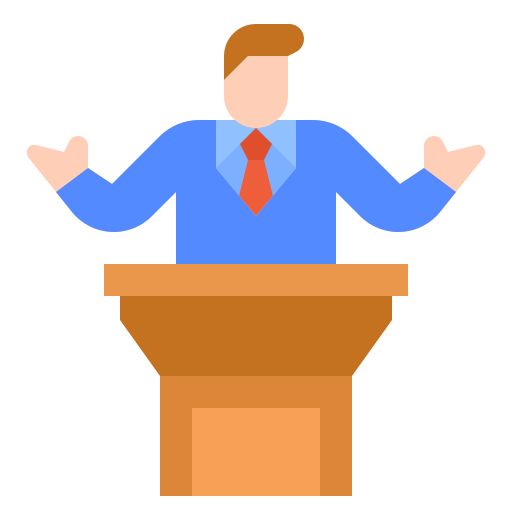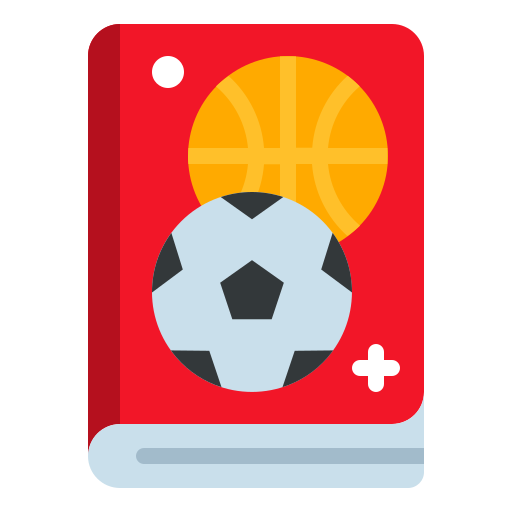Welcome to the exciting world of blackjack! If you’ve ever wondered how to play blackjack, you’ve come to the right place. This classic casino game, also known as Twenty-One, is a thrilling blend of luck and strategy, offering some of the best odds in the casino. At Fairplay, we’re here to help you understand every aspect of this captivating game, from the basic blackjack rules for beginners to advanced tips on how to win in blackjack. Get ready to hit, stand, and double down your way to success with Fairplay!
Understanding the Basics: Blackjack Rules for Beginners
Blackjack is a comparing card game played between one or more players and a dealer. The main objective is simple: beat the dealer’s hand without exceeding a total of 21. If your hand goes over 21, it’s called a “bust,” and you automatically lose. It’s a game where you play against the house, not against other players at the table.
The Objective of Blackjack
The core goal is to achieve a hand total closer to 21 than the dealer’s hand, without going over 21. If you get exactly 21 with your first two cards (an Ace and a 10-value card), that’s a “blackjack” or “natural,” and it’s the strongest hand in the game.
Blackjack Card Values Explained
Before you dive into a game, it’s crucial to understand blackjack card values:
- Number Cards (2 through 9): These cards are worth their face value. For example, a 7 of hearts is worth 7 points.
- Face Cards (King, Queen, Jack): All face cards are worth 10 points.
- Aces: An Ace is the most versatile card in blackjack. It can be counted as either 1 or 11 points, depending on what benefits your hand most. For instance, an Ace and a 6 can be a “soft 17” (7 or 17).
Understanding these card values is fundamental to knowing how to play blackjack effectively.
The Setup: The Table and the Deal
Blackjack tables are typically semicircular, accommodating five to nine players. The game uses one to eight standard 52-card decks, shuffled together. Each round begins with players placing their bets in the designated “betting box.”
The dealer then deals two cards to each player position, usually face-up. The dealer also receives two cards: one face-up (the “upcard”) and one face-down (the “hole card”). In some European casinos, the dealer’s second card isn’t drawn until all players have completed their turns. To enjoy real blackjack action online, make sure you have your Fairplay ID ready.
Player Decisions: Your Path to Victory
Once the cards are dealt, the real strategy begins. Starting from the player to the dealer’s left, each player makes decisions based on their hand and the dealer’s upcard. Here are the primary options you’ll have:
Hit
When you “hit,” you request another card from the dealer. You can hit as many times as you like, but remember, going over 21 means you bust. This is a common move when your hand total is low and you want to get closer to 21.
Stand
If you’re happy with your current hand and don’t want any more cards, you “stand.” This means you’re confident your total is high enough to beat the dealer without risking a bust.
Double Down
This exciting option allows you to double your initial bet and receive exactly one more card. It’s a powerful move when you have a strong starting hand, typically 9, 10, or 11, and believe that one more card will give you a winning total. However, after doubling down, you cannot hit again.
Split
If your initial two cards are a pair (e.g., two 8s or two Queens), you can “split” them into two separate hands. You’ll need to place an additional bet equal to your original wager for the second hand. Each new hand is then played independently. Splitting Aces is a common strategy, though often you’ll only receive one additional card per Ace.
Surrender
In some blackjack variations, you might have the option to “surrender.” This allows you to forfeit half of your initial bet and end your hand immediately. This can be a smart move if you have a very poor hand against a strong dealer upcard, minimizing your losses.
Dealer’s Turn
After all players have made their decisions, the dealer reveals their hole card. The dealer must follow strict rules: they must hit until their hand totals 17 or more. In some games, the dealer must hit on a “soft 17” (a hand totaling 17 with an Ace counted as 11), while in others, they must stand. If the dealer busts, all remaining players who haven’t busted win. If the dealer doesn’t bust, hands are compared, and the higher total (without exceeding 21) wins. Ties result in a “push,” and your bet is returned. To get started, simply login with Fairplay and join the action.
How to Win in Blackjack: Strategies and Tips
While blackjack involves an element of chance, employing a solid strategy significantly increases your odds of success. Knowing how to win in blackjack isn’t about guaranteed wins, but about making mathematically sound decisions.
Basic Strategy: Your Best Friend
The most effective way to improve your game is by learning basic strategy. This is a mathematically proven set of decisions that tells you the optimal play for every possible hand combination against every possible dealer upcard. Following basic strategy minimizes the house edge, often bringing it down to less than 1%. To begin your journey, sign up on Fairplay and start mastering the game today.
Basic strategy charts are readily available and can be a game-changer for beginners. They cover when to hit, stand, double down, or split based on your hand and the dealer’s visible card. For example:
- Always split Aces and 8s.
- Never split 10s or 5s.
- Always hit on a hard 11 or less.
- Stand on a hard 17 or more.
- Double down on 11 against any dealer upcard (unless the dealer has an Ace).
While memorizing the entire chart might seem daunting, even understanding the key decisions will greatly enhance your gameplay. Fairplay encourages responsible gaming and learning the ropes to maximize your enjoyment.
Understanding House Edge and Rule Variations
Blackjack inherently has a “house edge,” which is the casino’s statistical advantage. This edge primarily comes from the fact that players bust first. However, blackjack offers one of the lowest house edges among casino games, especially when basic strategy is applied.
Different blackjack tables might have slight rule variations that affect the house edge. Common variations include:
- Dealer hits or stands on soft 17: If the dealer hits on a soft 17 (H17), it slightly increases the house edge compared to if they stand on soft 17 (S17).
- Number of decks: Fewer decks generally reduce the house edge, as it increases the probability of getting a blackjack and makes card counting slightly more effective. However, casinos often compensate by tightening other rules in single-deck games.
- Blackjack payout: The traditional payout for a blackjack is 3:2. Some tables, especially those with lower minimums, might pay 6:5 or even 1:1, which significantly increases the house edge. Always look for tables that pay 3:2 for blackjack.
- Doubling after splitting: Some games allow you to double down on hands after splitting, which is favorable to the player.
Being aware of these variations can help you choose the most favorable tables to play at.
Advanced Techniques: Card Counting (for the curious)
While not typically practiced by casual players, card counting is an advanced technique where players keep track of the cards dealt to estimate the probability of certain cards remaining in the deck. This allows them to adjust their bets and strategy when the odds are in their favor. It’s legal, but casinos can ask players they suspect of counting cards to leave. For most players, mastering basic strategy is more than enough to enjoy the game and improve their chances. If you’re into games of skill and prediction, you can also explore the world of Fairplay Fantasy for a different kind of thrill.
Common Mistakes to Avoid
Even with a good understanding of how to play blackjack, beginners often make common mistakes. Avoiding these can significantly improve your game:
- Not learning basic strategy: This is the biggest mistake. Relying purely on intuition will cost you money in the long run.
- Playing at tables with poor blackjack payouts: Always seek out tables that pay 3:2 for a blackjack.
- Taking insurance: The “insurance” bet, offered when the dealer’s upcard is an Ace, is a side bet that the dealer has a blackjack. While it might seem appealing, it’s generally a bad bet with a high house edge and should be avoided by basic strategy players.
- Chasing losses: Never increase your bets simply because you’re on a losing streak. Stick to your strategy and bankroll management.
- Ignoring bankroll management: Set a budget for your blackjack session and stick to it. Don’t bet more than you can afford to lose.
Play Blackjack at Fairplay
Now that you have a solid grasp of how to play blackjack, including blackjack rules for beginners, understanding blackjack card values, and tips on how to win in blackjack, you’re ready to put your knowledge to the test!
At Fairplay, we offer a fantastic and secure platform for you to enjoy blackjack. Our user-friendly interface and fair gaming practices ensure a top-notch experience. Whether you’re a complete novice or looking to refine your skills, Fairplay is the perfect place to immerse yourself in the thrilling world of Twenty-One.
join us at Fairplay today and discover the excitement of blackjack. Practice your basic strategy, understand the nuances of the game, and aim for that perfect 21. Good luck, and have fun! Explore all the action at Fairplay Casino to start your blackjack journey.


 Cricket
Cricket Tennis
Tennis Football
Football Table Tennis
Table Tennis Casino
Casino Volleyball
Volleyball Baseball
Baseball Basketball
Basketball Horse Racing
Horse Racing Politics
Politics Greyhound Racing
Greyhound Racing Binary
Binary Int Casino
Int Casino Sports Book
Sports Book Ice Hockey
Ice Hockey Darts
Darts Futsal
Futsal Rugby
Rugby


